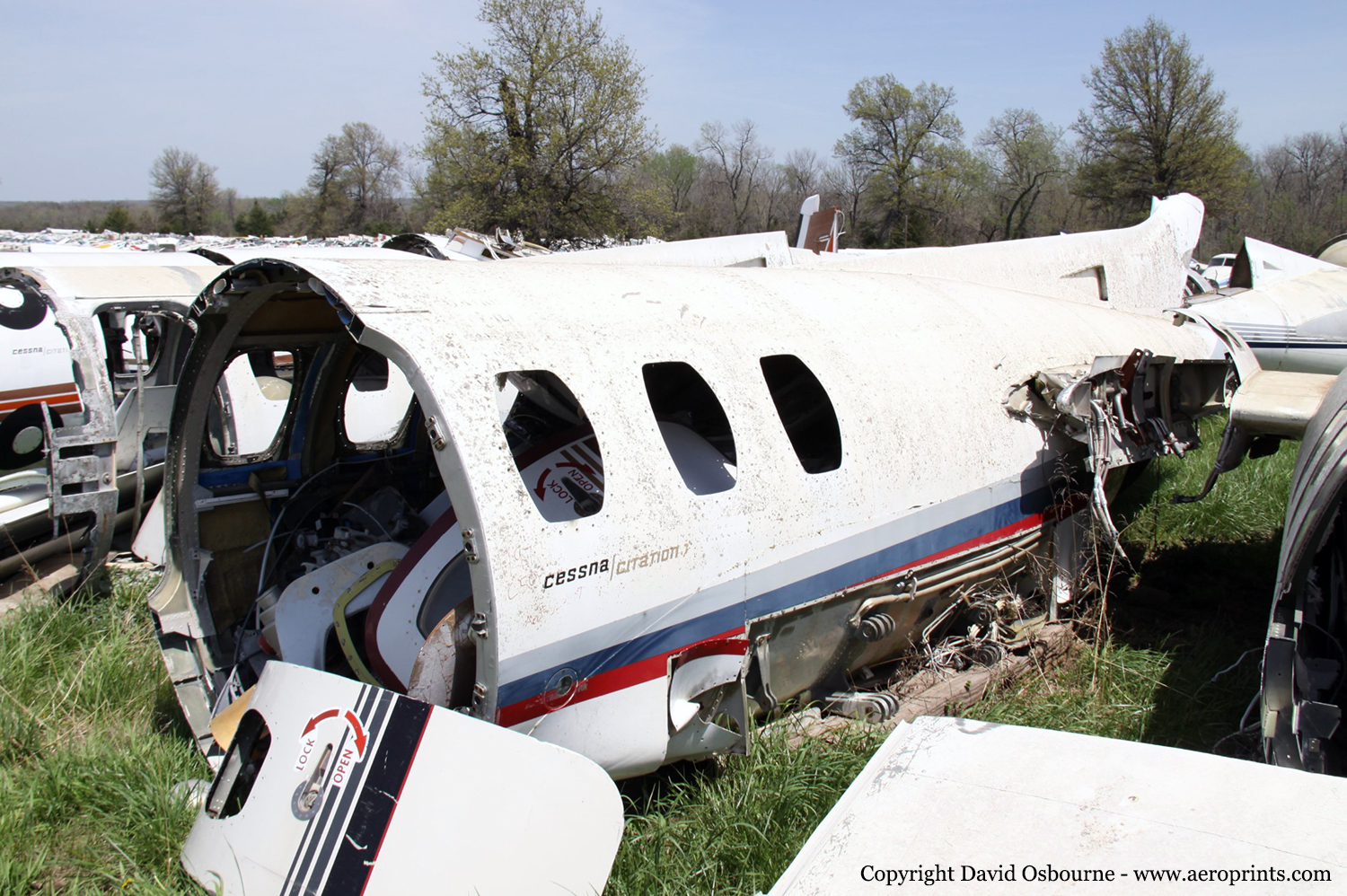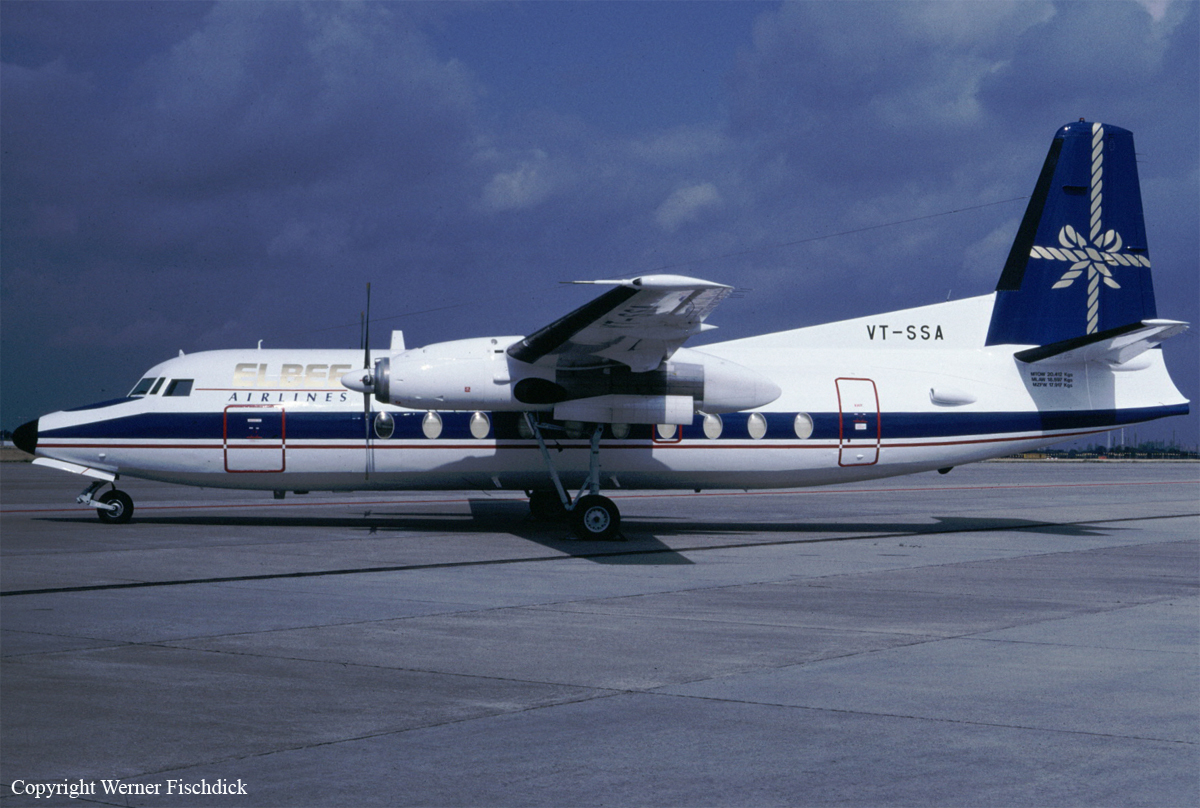Crash of a Cessna 500 Citation I in Rio de Janeiro
Date & Time:
Jul 3, 1997 at 1000 LT
Registration:
PT-ILJ
Survivors:
Yes
Schedule:
Rio de Janeiro – São José dos Campos
MSN:
500-0057
YOM:
1973
Crew on board:
2
Crew fatalities:
Pax on board:
3
Pax fatalities:
Other fatalities:
Total fatalities:
0
Circumstances:
During the takeoff roll at Rio de Janeiro-Santos Dumont Airport, the captain realized that all conditions were not met for a safe takeoff and decided to abort. Unable to stop within the remaining distance, the aircraft overran and came to rest in the Guanabara Bay. All five occupants escaped with minor injuries and the aircraft was damaged beyond repair.









